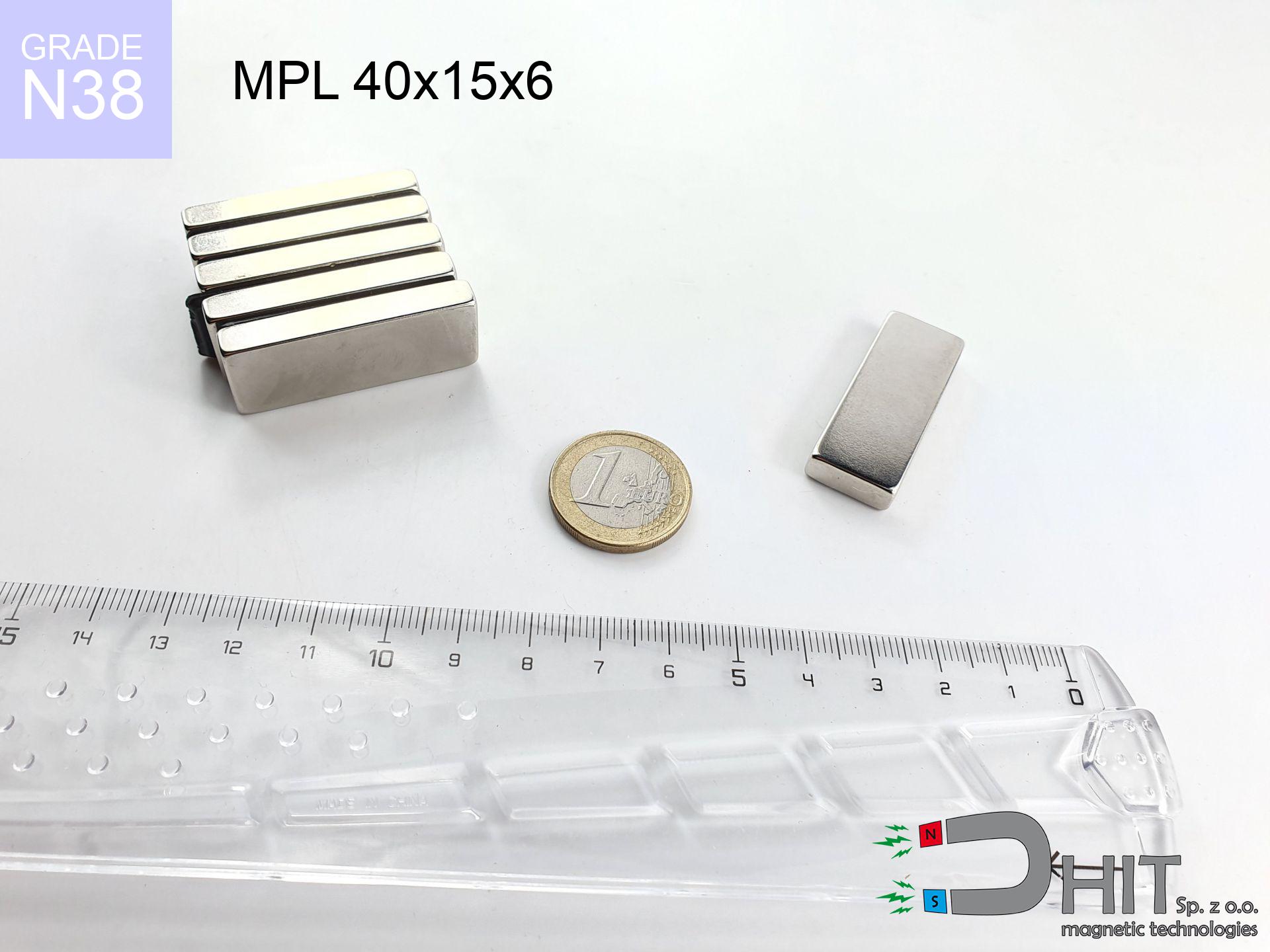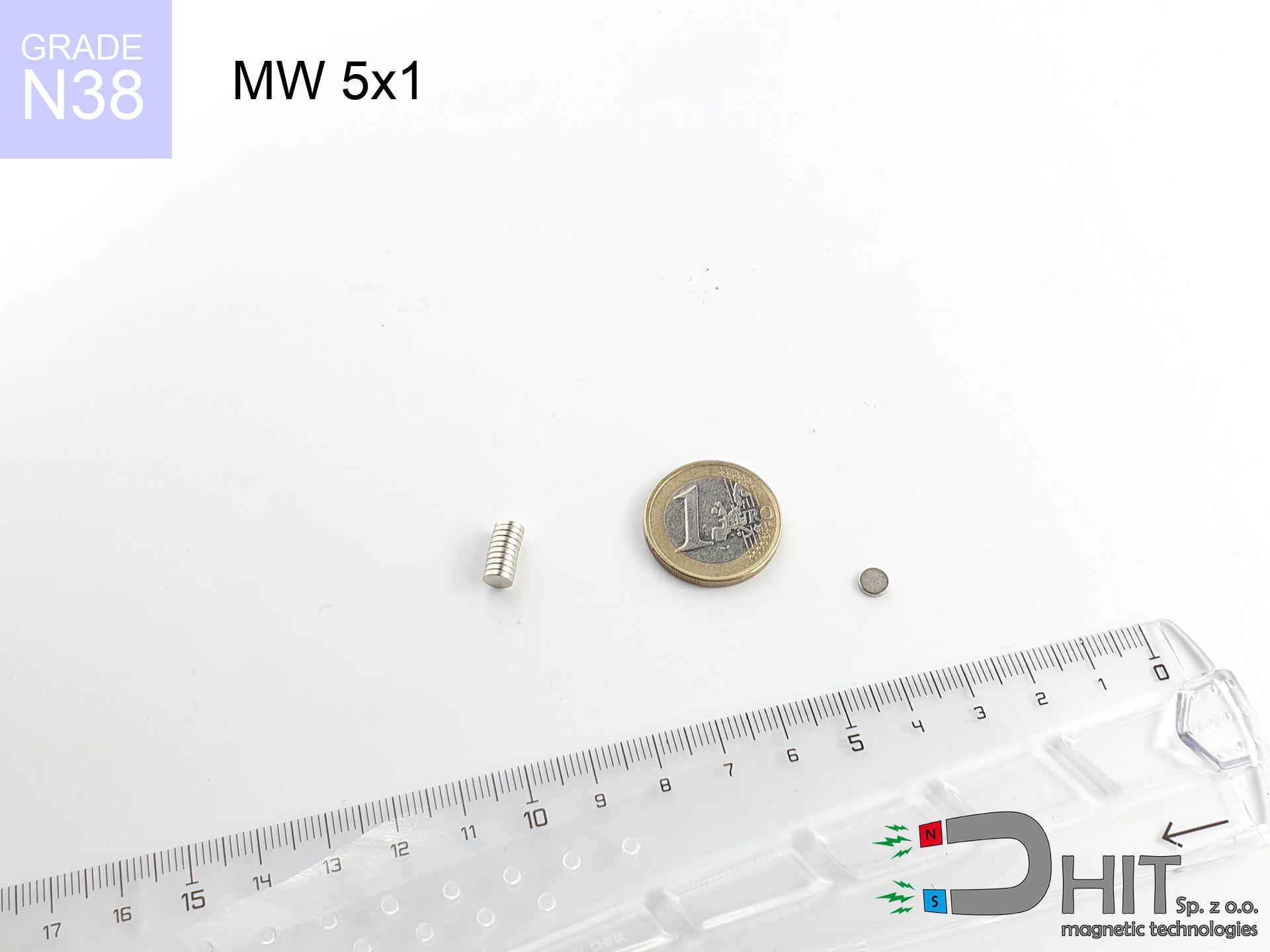UMGGW 29x8 [M4] GW / N38 - magnetic holder rubber internal thread
magnetic holder rubber internal thread
Catalog no 160305
GTIN: 5906301813637
Diameter Ø
29 mm [±1 mm]
Height
8 mm [±1 mm]
Weight
18 g
Load capacity
6.4 kg / 62.76 N
8.61 ZŁ with VAT / pcs + price for transport
7.00 ZŁ net + 23% VAT / pcs
bulk discounts:
Need more?Want to talk magnets?
Contact us by phone
+48 888 99 98 98
otherwise drop us a message using
contact form
the contact section.
Lifting power and appearance of magnetic components can be tested on our
magnetic calculator.
Order by 14:00 and we’ll ship today!
UMGGW 29x8 [M4] GW / N38 - magnetic holder rubber internal thread
Specification / characteristics UMGGW 29x8 [M4] GW / N38 - magnetic holder rubber internal thread
| properties | values |
|---|---|
| Cat. no. | 160305 |
| GTIN | 5906301813637 |
| Production/Distribution | Dhit sp. z o.o. |
| Country of origin | Poland / China / Germany |
| Customs code | 85059029 |
| Diameter Ø | 29 mm [±1 mm] |
| Height | 8 mm [±1 mm] |
| Weight | 18 g |
| Load capacity ~ ? | 6.4 kg / 62.76 N |
| Manufacturing Tolerance | ±1 mm |
Magnetic properties of material N38
| properties | values | units |
|---|---|---|
| remenance Br [Min. - Max.] ? | 12.2-12.6 | kGs |
| remenance Br [Min. - Max.] ? | 1220-1260 | T |
| coercivity bHc ? | 10.8-11.5 | kOe |
| coercivity bHc ? | 860-915 | kA/m |
| actual internal force iHc | ≥ 12 | kOe |
| actual internal force iHc | ≥ 955 | kA/m |
| energy density [Min. - Max.] ? | 36-38 | BH max MGOe |
| energy density [Min. - Max.] ? | 287-303 | BH max KJ/m |
| max. temperature ? | ≤ 80 | °C |
Physical properties of sintered neodymium magnets Nd2Fe14B at 20°C
| properties | values | units |
|---|---|---|
| Vickers hardness | ≥550 | Hv |
| Density | ≥7.4 | g/cm3 |
| Curie Temperature TC | 312 - 380 | °C |
| Curie Temperature TF | 593 - 716 | °F |
| Specific resistance | 150 | μΩ⋅Cm |
| Bending strength | 250 | Mpa |
| Compressive strength | 1000~1100 | Mpa |
| Thermal expansion parallel (∥) to orientation (M) | (3-4) x 106 | °C-1 |
| Thermal expansion perpendicular (⊥) to orientation (M) | -(1-3) x 10-6 | °C-1 |
| Young's modulus | 1.7 x 104 | kg/mm² |
Check out more products
Advantages and disadvantages of NdFeB magnets.
Besides their remarkable magnetic power, neodymium magnets offer the following advantages:
- They have unchanged lifting capacity, and over around ten years their performance decreases symbolically – ~1% (in testing),
- They have excellent resistance to magnetism drop when exposed to external magnetic sources,
- By applying a shiny layer of nickel, the element gains an elegant look,
- They show high magnetic induction at the operating surface, making them more effective,
- Through (adequate) combination of ingredients, they can achieve high thermal strength, allowing for operation at temperatures approaching 230°C and above...
- Possibility of exact creating as well as optimizing to precise conditions,
- Universal use in future technologies – they are used in magnetic memories, motor assemblies, medical devices, as well as other advanced devices.
- Compactness – despite small sizes they generate large force, making them ideal for precision applications
Drawbacks and weaknesses of neodymium magnets and ways of using them
- To avoid cracks under impact, we recommend using special steel housings. Such a solution protects the magnet and simultaneously increases its durability.
- When exposed to high temperature, neodymium magnets suffer a drop in strength. Often, when the temperature exceeds 80°C, their power decreases (depending on the size and shape of the magnet). For those who need magnets for extreme conditions, we offer [AH] versions withstanding up to 230°C
- Magnets exposed to a humid environment can rust. Therefore when using outdoors, we recommend using water-impermeable magnets made of rubber, plastic or other material protecting against moisture
- Due to limitations in producing threads and complicated shapes in magnets, we propose using a housing - magnetic mount.
- Potential hazard resulting from small fragments of magnets can be dangerous, if swallowed, which gains importance in the context of child health protection. It is also worth noting that tiny parts of these magnets can complicate diagnosis medical in case of swallowing.
- High unit price – neodymium magnets cost more than other types of magnets (e.g. ferrite), which increases costs of application in large quantities
Maximum holding power of the magnet – what it depends on?
The force parameter is a theoretical maximum value performed under the following configuration:
- with the application of a sheet made of low-carbon steel, guaranteeing maximum field concentration
- with a cross-section minimum 10 mm
- with a plane cleaned and smooth
- under conditions of gap-free contact (metal-to-metal)
- under perpendicular force direction (90-degree angle)
- at temperature room level
Determinants of practical lifting force of a magnet
Real force is affected by specific conditions, mainly (from most important):
- Gap between magnet and steel – every millimeter of distance (caused e.g. by varnish or unevenness) diminishes the magnet efficiency, often by half at just 0.5 mm.
- Force direction – catalog parameter refers to pulling vertically. When applying parallel force, the magnet holds significantly lower power (often approx. 20-30% of maximum force).
- Base massiveness – too thin sheet causes magnetic saturation, causing part of the flux to be lost into the air.
- Steel type – mild steel attracts best. Alloy steels reduce magnetic permeability and lifting capacity.
- Surface finish – full contact is obtained only on polished steel. Any scratches and bumps create air cushions, reducing force.
- Thermal environment – heating the magnet causes a temporary drop of force. Check the maximum operating temperature for a given model.
* Lifting capacity was determined using a steel plate with a smooth surface of optimal thickness (min. 20 mm), under vertically applied force, whereas under attempts to slide the magnet the lifting capacity is smaller. Additionally, even a small distance {between} the magnet’s surface and the plate lowers the load capacity.
Warnings
Health Danger
Patients with a heart stimulator must keep an large gap from magnets. The magnetism can interfere with the operation of the implant.
Eye protection
Despite the nickel coating, neodymium is brittle and not impact-resistant. Avoid impacts, as the magnet may shatter into hazardous fragments.
Powerful field
Before starting, check safety instructions. Uncontrolled attraction can destroy the magnet or hurt your hand. Think ahead.
GPS Danger
Note: neodymium magnets generate a field that interferes with precision electronics. Keep a safe distance from your mobile, device, and GPS.
Electronic devices
Do not bring magnets near a purse, computer, or TV. The magnetic field can destroy these devices and wipe information from cards.
Avoid contact if allergic
Warning for allergy sufferers: The nickel-copper-nickel coating consists of nickel. If skin irritation appears, immediately stop handling magnets and use protective gear.
Keep away from children
Absolutely keep magnets away from children. Risk of swallowing is significant, and the consequences of magnets connecting inside the body are fatal.
Physical harm
Large magnets can smash fingers instantly. Do not put your hand between two strong magnets.
Operating temperature
Regular neodymium magnets (grade N) lose power when the temperature exceeds 80°C. Damage is permanent.
Flammability
Dust generated during cutting of magnets is self-igniting. Avoid drilling into magnets unless you are an expert.
Danger!
Want to know more? Check our post: Why are neodymium magnets dangerous?

![Rubberized magnet UMGGW 29x8 [M4] GW / N38 Rubberized magnet UMGGW 29x8 [M4] GW / N38](https://cdn3.dhit.pl/graphics/banners/magnet.webp)
![UMGGW 29x8 [M4] GW / N38 - magnetic holder rubber internal thread](https://cdn3.dhit.pl/graphics/products/umg-29x8-m4-gw-duf.jpg)
![UMGW 32x18x8 [M6] GW / N38 - magnetic holder internal thread UMGW 32x18x8 [M6] GW / N38 - magnetic holder internal thread](https://cdn3.dhit.pl/graphics/products/um32x18x8-m6-gw--hec.jpg)




